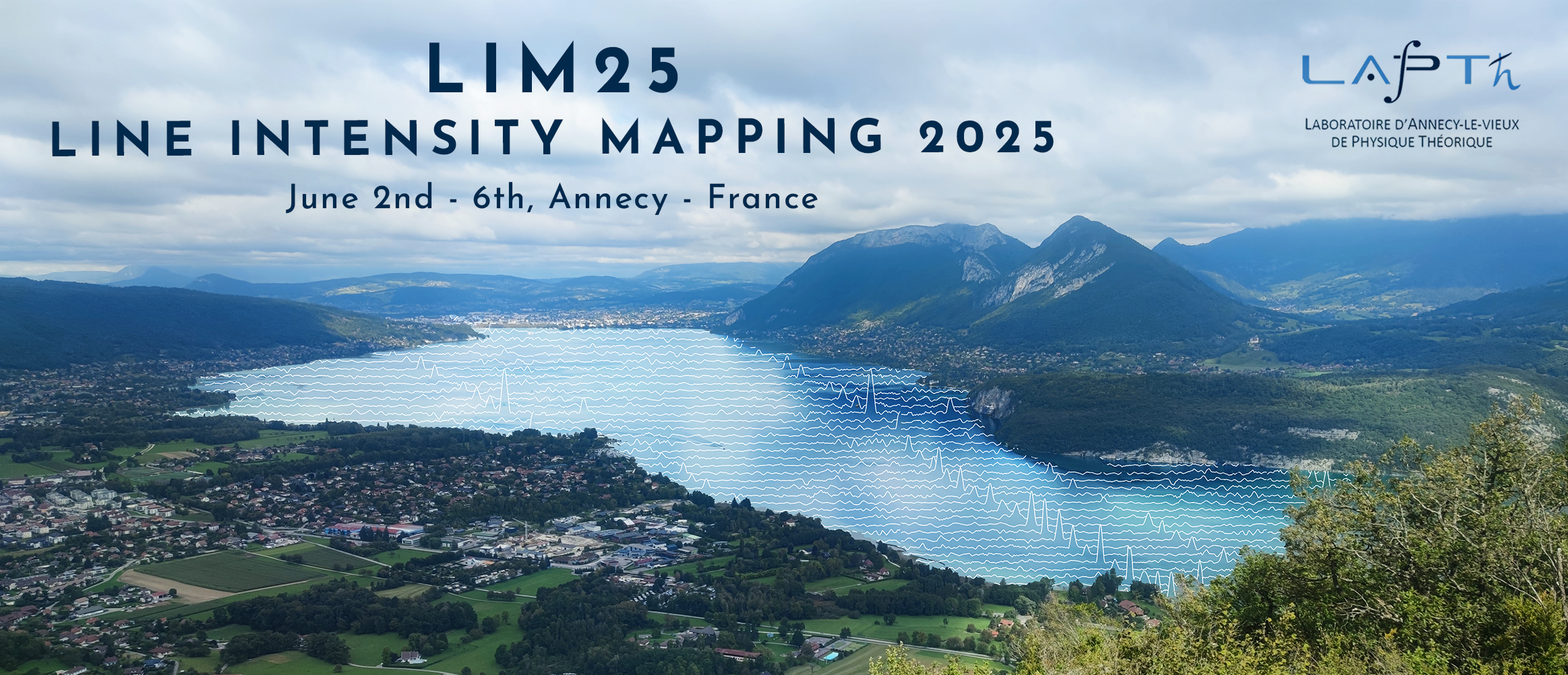Orateur
Description
The Epoch of Reionization Spectrometer (EoR-Spec) on the Fred Young Submillimeter Telescope (FYST) will conduct a Line Intensity Mapping (LIM) survey in the frequency range from 210 to 420 GHz, targeting the [CII] emission across redshifts 3.5 to 8.0. EoR-Spec observations are affected by atmospheric noise, correlated signals and systematics that impact power spectrum measurement. To understand these effects, we conduct end-to-end simulations that incorporate instrumental factors such as focal plane configuration, spectral channels, detector and beam properties, scan patterns, and atmospheric conditions. We evaluate how low-frequency 1/f noise affects different k-modes in the [CII] power spectrum.
We simulate EoR-Spec observations at the Cerro Chajnantor site using the Time-Ordered Astrophysics Scalable Tools (TOAST) framework, accounting for weather variations and spectrometer frequencies. To mitigate correlated 1/f noise, we apply techniques such as common-mode removal and Principal Component Analysis (PCA) to construct cleaned datacubes and sky maps. We analyze the cleaned mock spectral datacube to assess the impact of the processing pipeline on the 3D power spectrum. These simulations help in developing data processing strategies for first-light observations with the EoR-Spec instrument.

